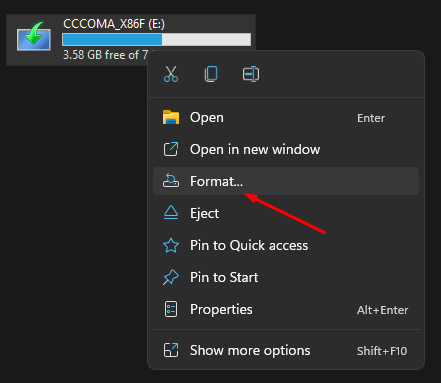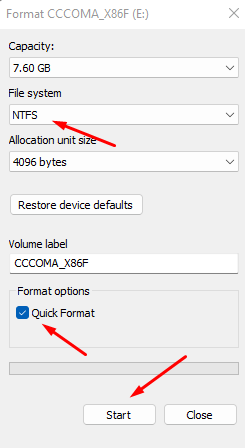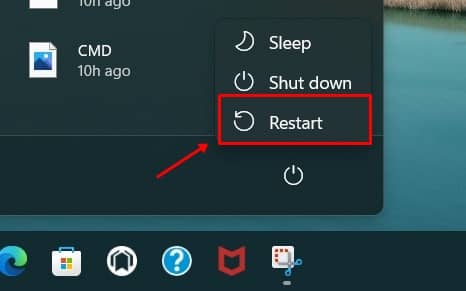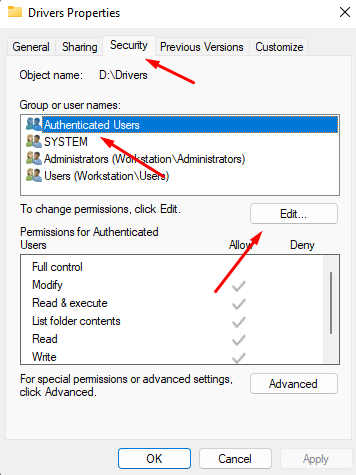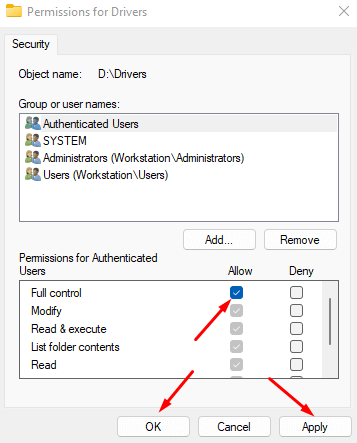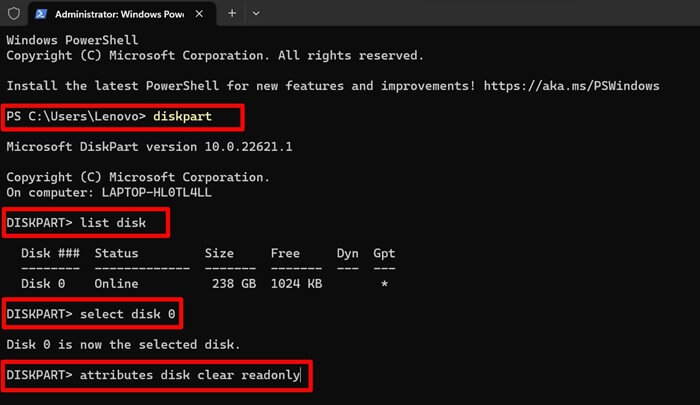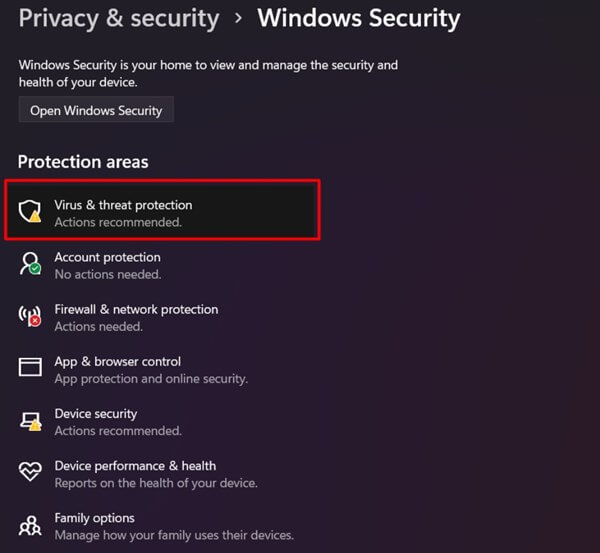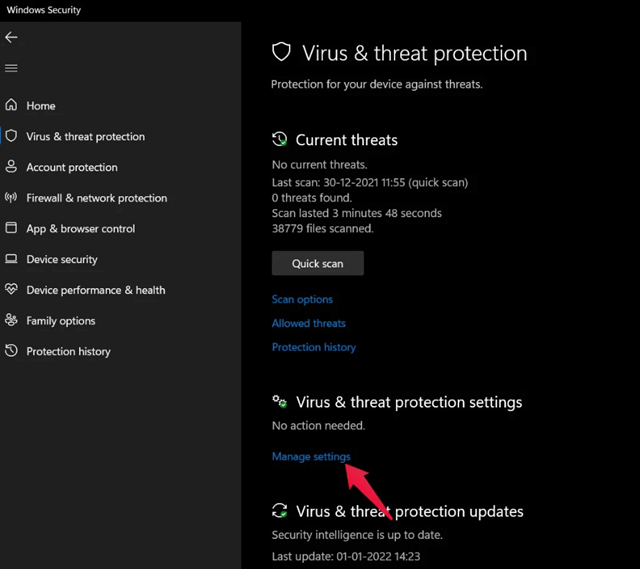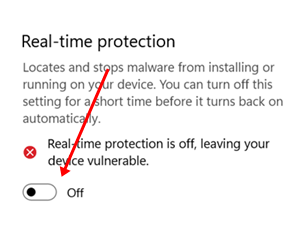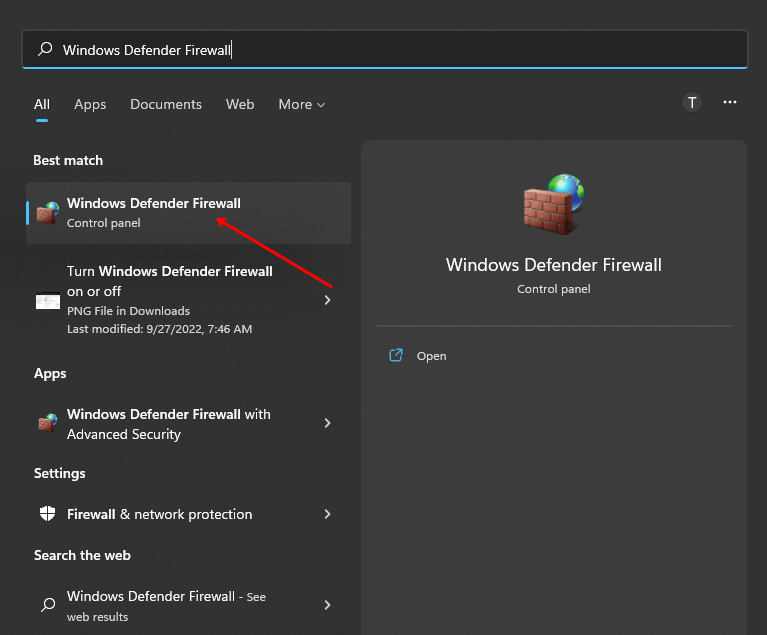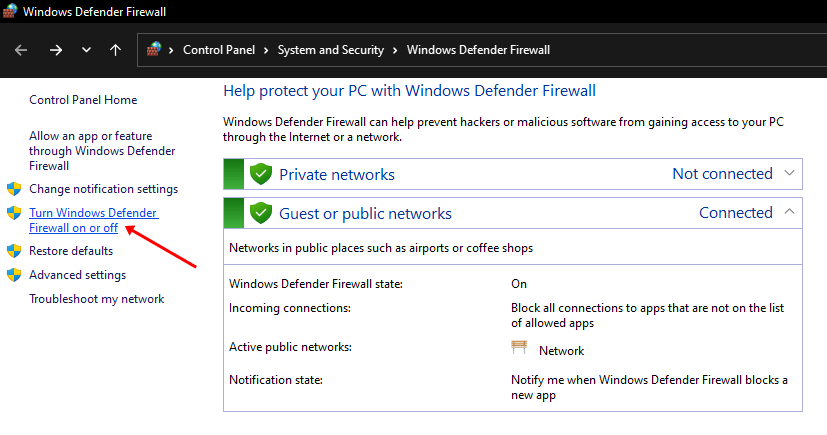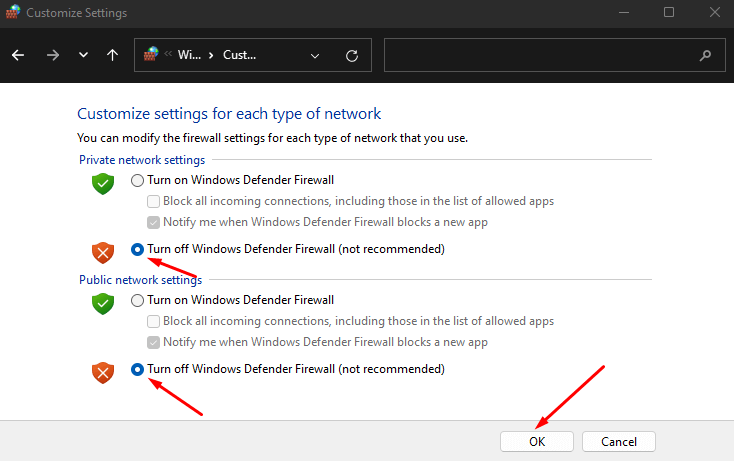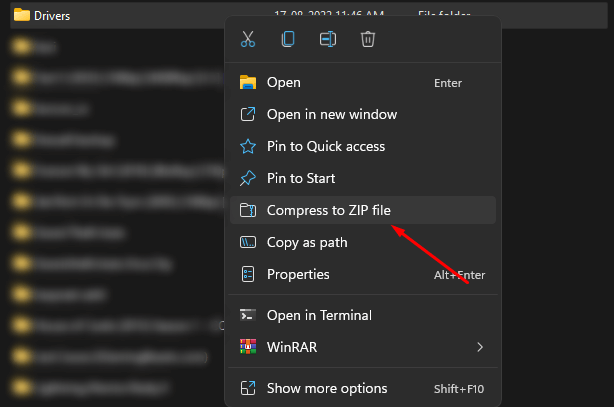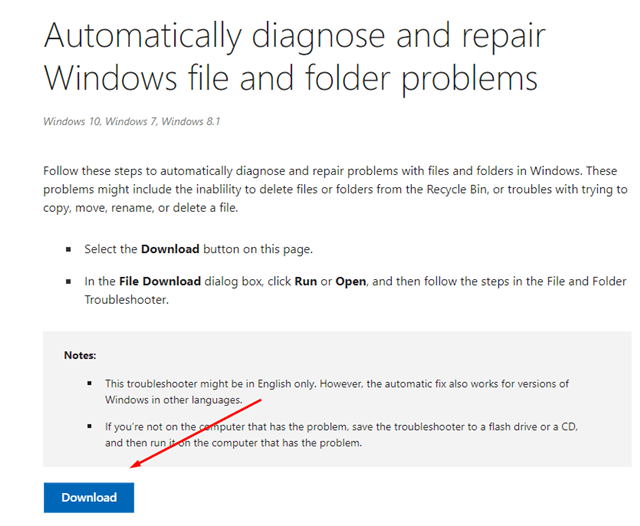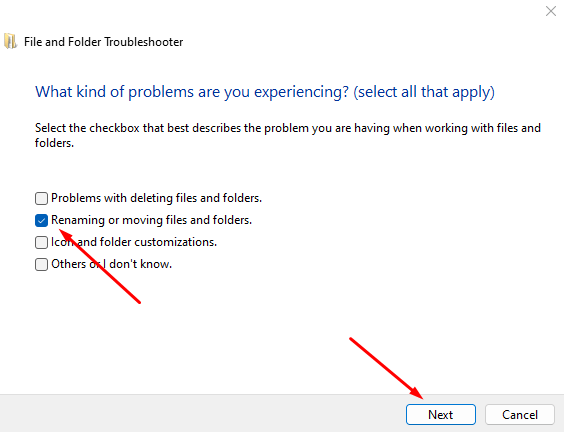Unable to copy the files and folders on your PC and are prompted with the ‘Unspecified Error’ message whenever you try to do so? This error may prevent you from copying the files/folder; the actual error will be unknown.
You can encounter this error as soon as you start to copy something and sometimes even in the middle of the process, eventually failing the whole task.
This can be a problem if you are in the middle of something and want to copy and paste some files urgently. This issue occurs repeatedly for many users, even after they retry copying the files.
But what causes this issue in the first place? More importantly, how do I fix the Unspecified Error when copying file or folder on your Windows PC? If you are troubled by this issue and looking for the troubleshooting steps to fix it, this article will guide you. Let’s go through all the ways to fix this issue.
Why Does My Computer Say Unspecified Error When Copying File or Folder?
Finding the actual reason behind ‘Unspecified Error’ can be difficult. The issue can arise in various situations, such as
- You may face this issue if the target path is corrupted or does not exist.
- The files you are trying to copy have a size of more than 4GB, while the destination is in FAT32 format.
- You can also encounter this issue if the destination driver lacks space.
- Another common reason behind this issue is the incorrect file permission. If you do not have permission to read or write the file/folder you are trying to copy, you will face this error while trying to copy the file.
- You can also encounter this issue if the antivirus or the antimalware installed on your system interferes with the process.
- You cannot copy the file or make any changes if it is currently in use.
- If the files are corrupted, you won’t be able to copy them.
Fix ‘Unspecified Error’ When Copying a File or Folder on your Windows PC
If you are unable to copy files and folders and are prompted with ‘Unspecified Error’ then you can follow the steps given below to fix this issue-
1. Ensure the File is Not Being Used
First, check that the file or folder you are trying to copy is unused. Stop all the processes with the file before you begin copying the file. Once you have stopped the process, copy the file/folder again.
2. Change Drive Format
Windows does not allow copying a file over 4GB on a destination drive with FAT32 format. If the file is greater than 4GB and the destination drive is in FAT32 format, then you must format the drive and convert it to NTFS format.
Before you continue, ensure there’s no data on the destination drive; if so, move it to another drive. Follow the steps given below to format the drive and change the format-
- Right-click on the drive and then click on Format.
- Click on the drop-down menu under File System and then select NTFS (Default).
- Check the checkbox saying Quick Format.
- Now, click on the Start button to start the format.
- Wait till the process is completed, and then the format of the destination drive will be changed to NTFS.
3. Check the Destination Drive
The issue can also be caused by a problem with the destination drive. If the destination drive is corrupted or does not exist, then that can cause this issue. If there’s no issue with the destination drive, check for enough space on the drive.
For instance, if the space on the drive is 3GB and the file you want to copy is 4GB, you will get the ‘Unspecified Error.’ In that case, you must either free some space on the drive or copy on some other drive.
4. Restart your PC
If you think that you are facing this issue due to a glitch, then you should prefer restarting your PC. A simple restart should clear out all the bugs and temporary glitches, and the issue should be solved.
After the restart, try to copy the file again and see if the issue is resolved. If you still face the issue, you can move to the next step in this article.
5. Give Full Control to File/Folder
The issue can occur without fully controlling the file/folder. If the correct permissions are not granted, you won’t be able to change the file/folder and copy them. Here’s how you can do it-
- Open File Explorer and navigate to the path where the file/folder is saved.
- Right-click on the file/folder, and then click on Properties.
- Head to the Security tab.
- Under Group or user names, select Everyone and click the Edit button.
- Next, check the Allow checkbox next to Full Control.
- After this, click on Apply and then on OK.
6. Remove Write Protection from Drive
If you have connected an external drive and cannot copy the files/folder, it can be due to the write protection. Write protection prevents you from copying the file or the folder, so you must disable it to copy without issues. You can do it by following the steps given below-
- Press the Windows key on your keyboard and type CMD. Select Command Prompt and then Run as Administrator.
- Execute the following command to run the Diskpart-
-
diskpart
-
- After this, you will have to list the disk. You can do this by executing the command given below-
-
list disk
-
- This will show you all the disks. Now, suppose the external drive/disk you connected is Disk 1. To select it, type and execute the command given below-
-
select disk 1
-
- Now, to remove the write protection from the selected disk, execute the command given below-
-
-
attributes disk clear readonly
-
7. Disable Firewall and Antivirus
You might get the Unspecified Error when copying file or folder on Windows due to the Antivirus and Firewall. If you have a third-party antivirus and firewall software on your Windows PC, disable them. If you don’t have any third-party antivirus and firewall, you must disable Windows Security and Windows Defender Firewall.
Given below are the steps to disable Windows Security-
- Launch Windows Security from the Start Menu.
- Click on Virus & Threat Protection.
- Scroll down to the Virus & threat protection settings section and then click on Manage Settings.
- Here, turn off the toggle under Real-time protection.
Now, to disable the Windows Defender Firewall, follow the steps given below-
- Launch the Start Menu, search for Windows Defender Firewall, and open it.
- Click Turn Windows Defender Firewall on or off. You will find this option on the left pane.
- Under the Private network settings section, select Turn off Windows Defender Firewall (not recommended).
- Now, do the same for Public network settings.
- After this, click on OK to save the changes.
Once you have disabled both the antivirus and firewall, you can try copying the files/folders again. If you can copy them, this softwares probably was the reason behind the issue. If you still face the issue, you can re-enable both antivirus and firewall and move to the next step in this article.
8. Re-register DLL Files
You can face this issue with copying files/folders if the jscript.dll and vbscript.dll are corrupted or missing. You can re-register these DLL files through the command prompt by following the steps given below to fix this issue-
- Press the Windows + R key combo, type cmd, and press Ctrl + Shift + Enter.
- When the UAC prompt appears, click on Yes to continue.
- After this, copy the given below commands and execute them one by one-
-
regsvr32 jscript.dll -
regsvr32 vbscript.dll
-
- Once done, close Command Prompt and reboot your PC.
9. Copy After Compressing the File
Next, you can compress the file or the folder and copy it. You can sometimes face the issue when you try to copy the file directly. Compressing the file will reduce its size and convert it to ZIP format, which is easier to copy. To do so, follow the steps given below-
- Press the Windows + E key combo, and then in File Explorer, navigate to the path where the file/folder you want to copy is saved.
- Right-click on the file or folder, then click Compress to ZIP file.
- The process will start; wait for the file/folder to be compressed to ZIP.
- Once converted to ZIP, try coping it again.
10. Run File and Folder Troubleshooter
If none of it fixes the issue, then you will have to run the File and Folder troubleshooter to fix the issue. This will help you fix the issue you have been facing, and you can copy the file without facing the ‘Unspecified Error.’
However, this troubleshooter is not built in Windows, so you must download it from Microsoft’s official website and use it. There is nothing to worry about if you don’t know how; the steps given below will guide you on how you can do so-
- Click on this link to head to the official Microsoft page of File and Folder Troubleshooter.
- Now, click on the Download button to download the troubleshooter.
- Once done, open File Explorer and navigate to the Downloads folder (or the path you saved as the browser’s download destination).
- Double-click on the downloaded troubleshooter file to run it.
- In the File and Folder Troubleshooter window, click on the Next button.
- Now, check the Renaming or moving files and folders option and uncheck all the other options; click Next to continue.
- Wait for the troubleshooter to do its job, then try copying again.
Bottom Line
Not able to copy files and folders on Windows? The ‘Unspecified Error’ that occurs when copying files or folders in Windows is a common one that you can encounter. If this error prevents you from copying the files and you are looking for a guide to help you fix it, then you can follow the steps mentioned in this guide.

